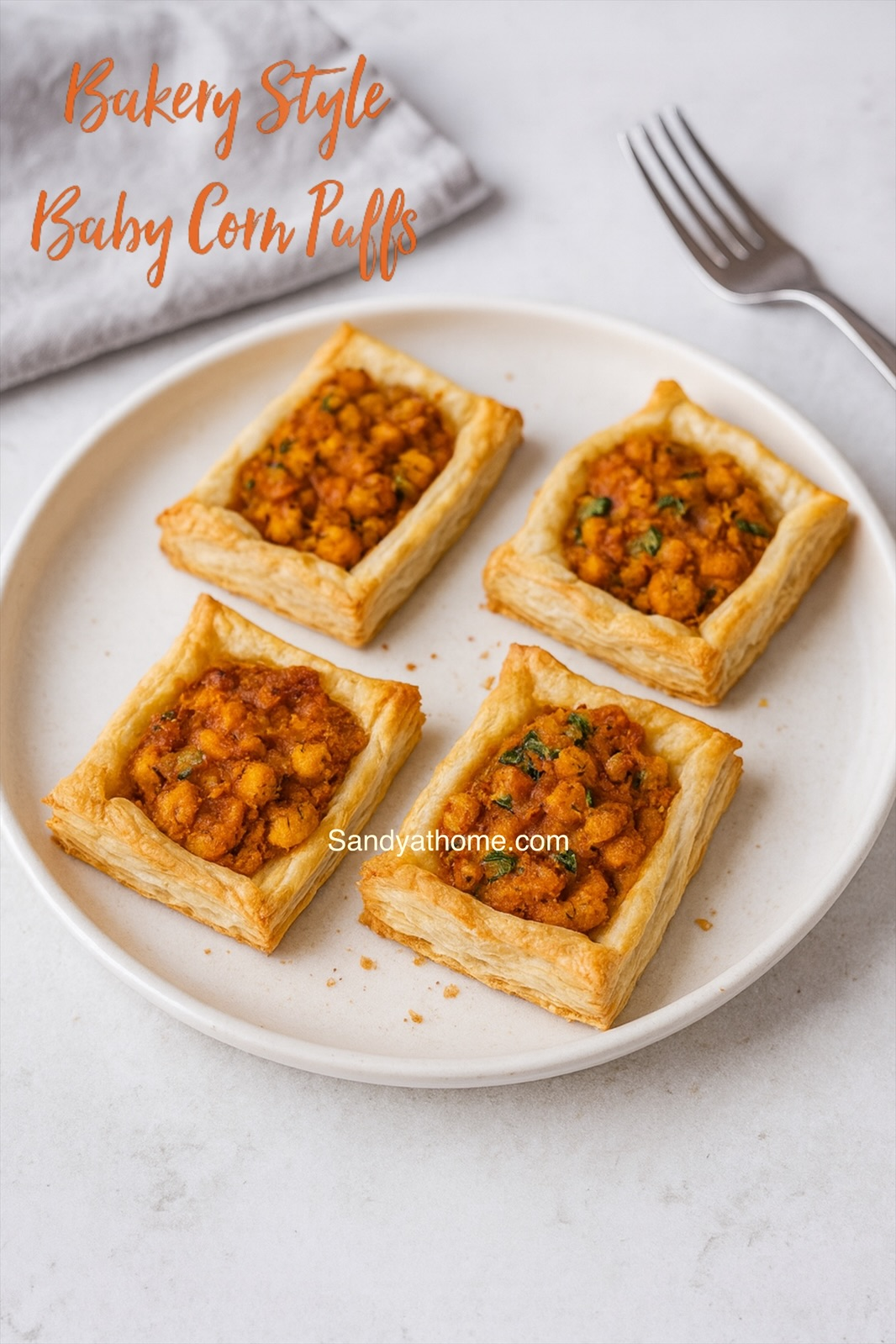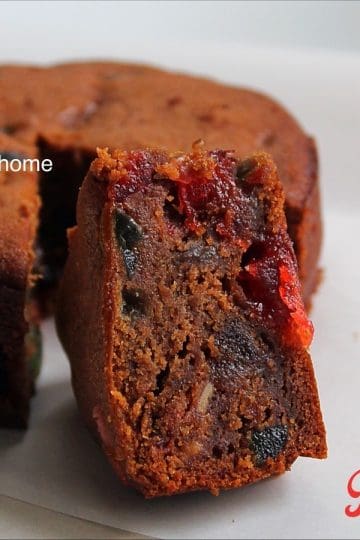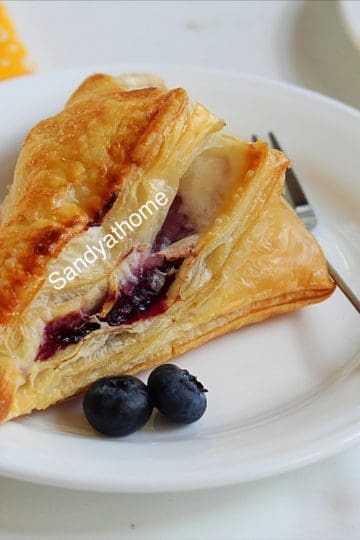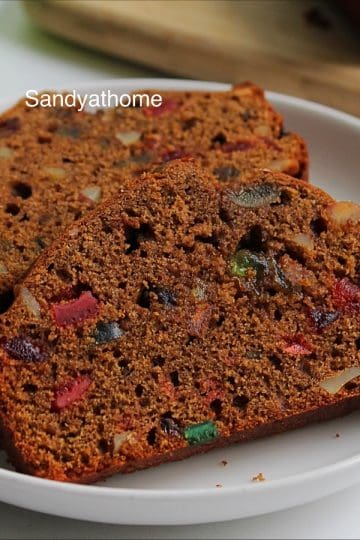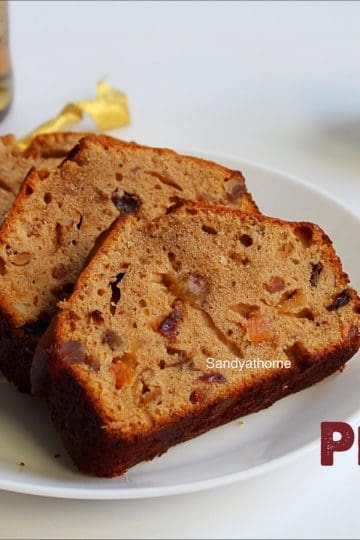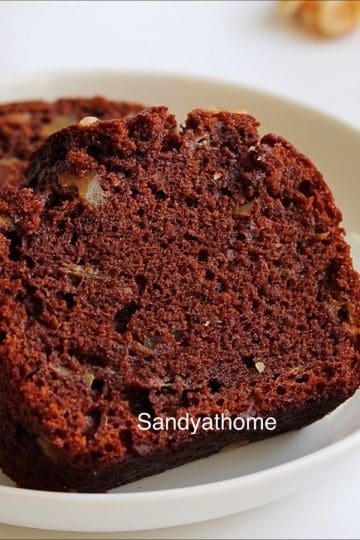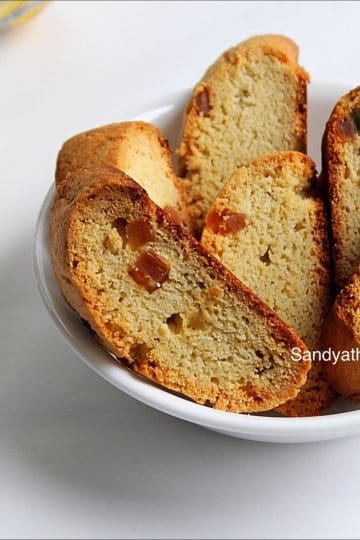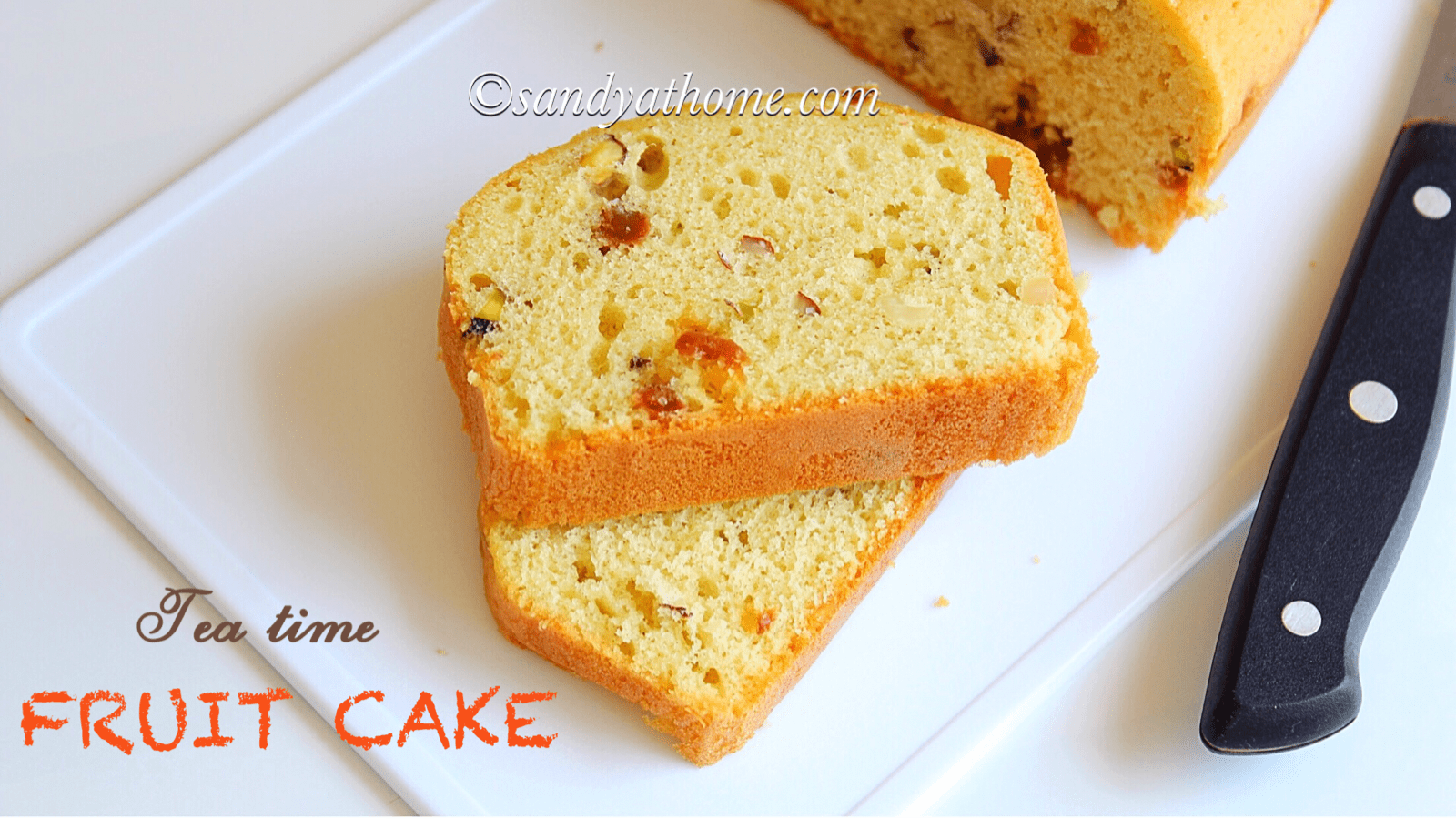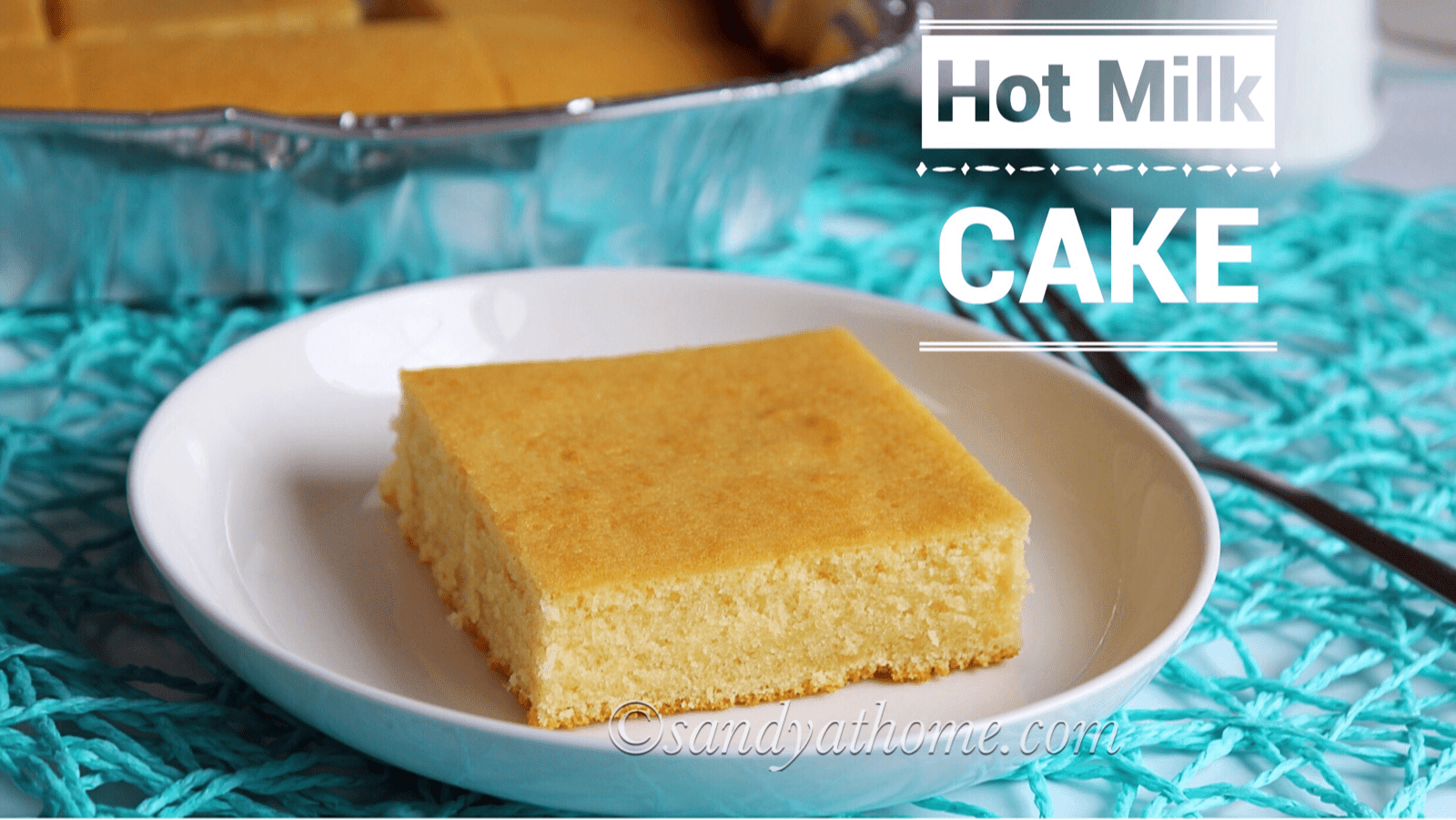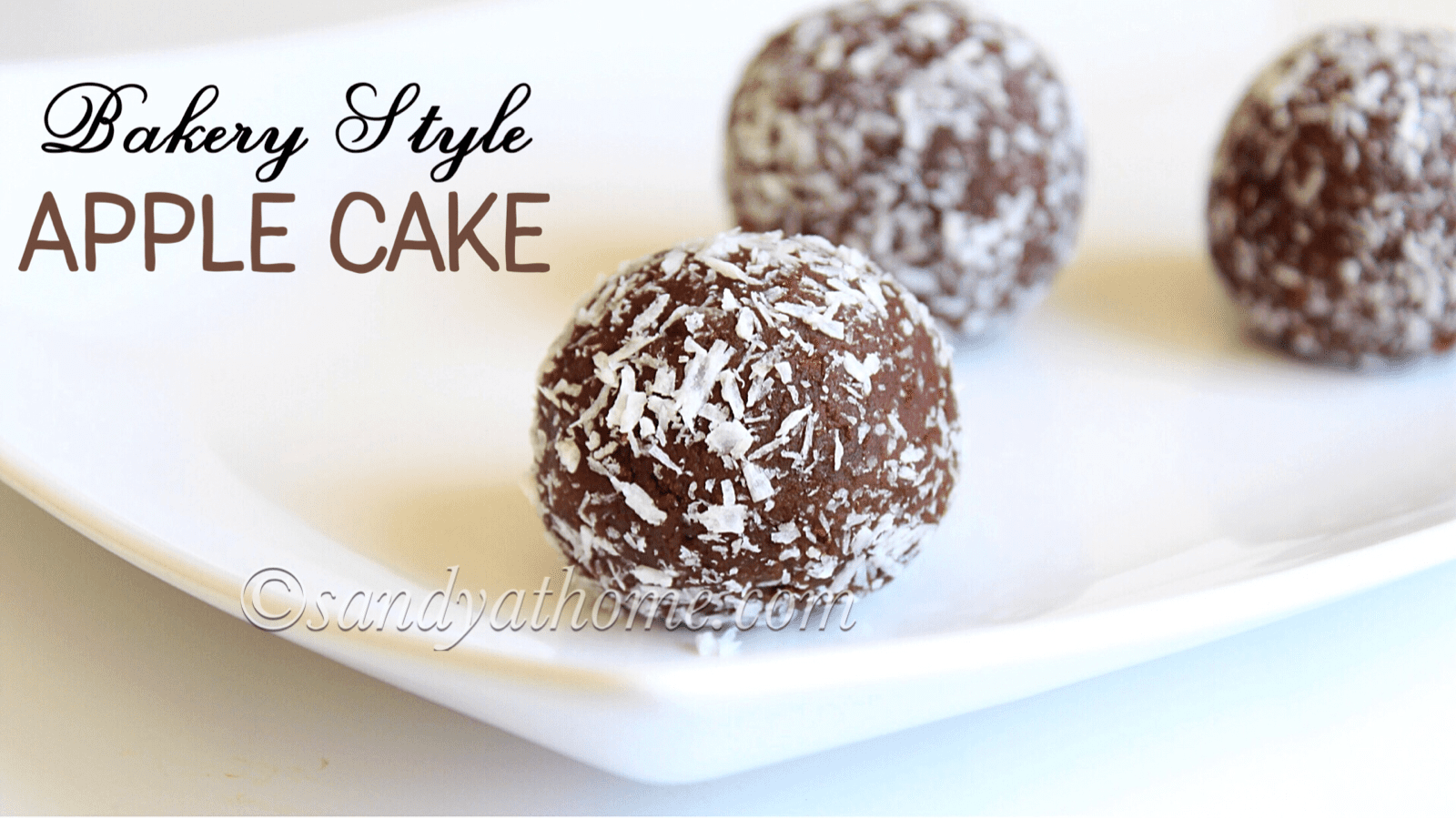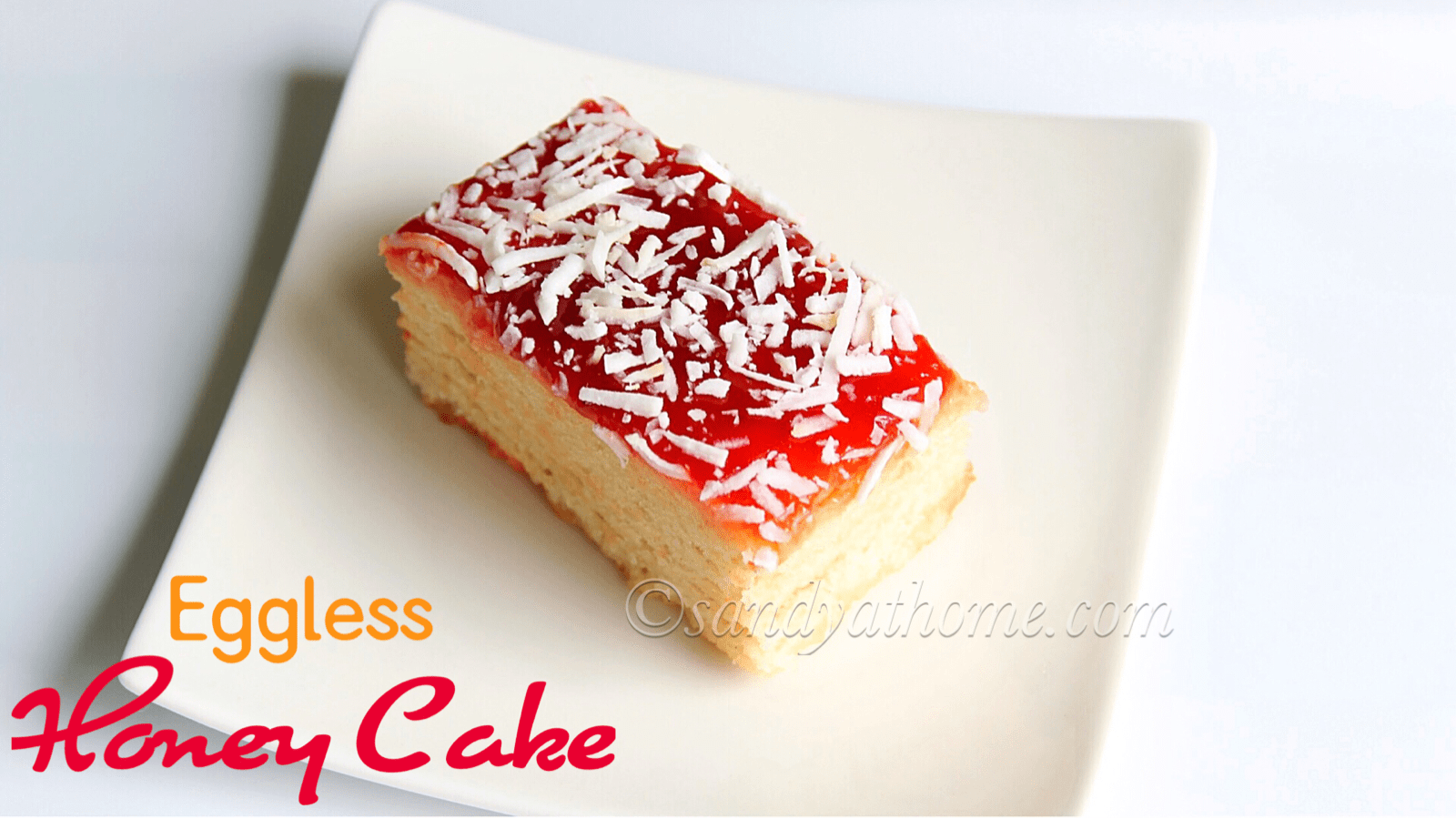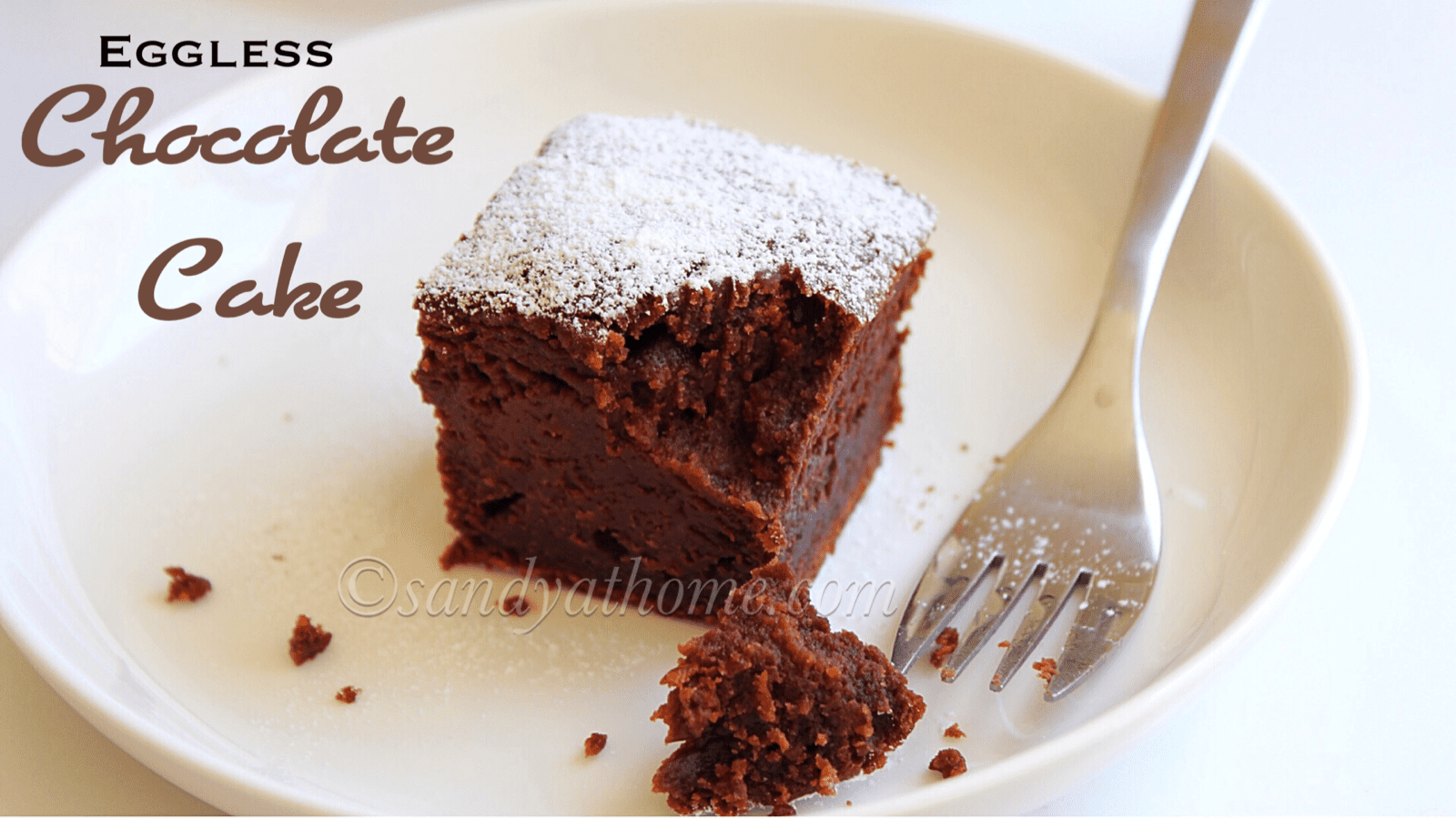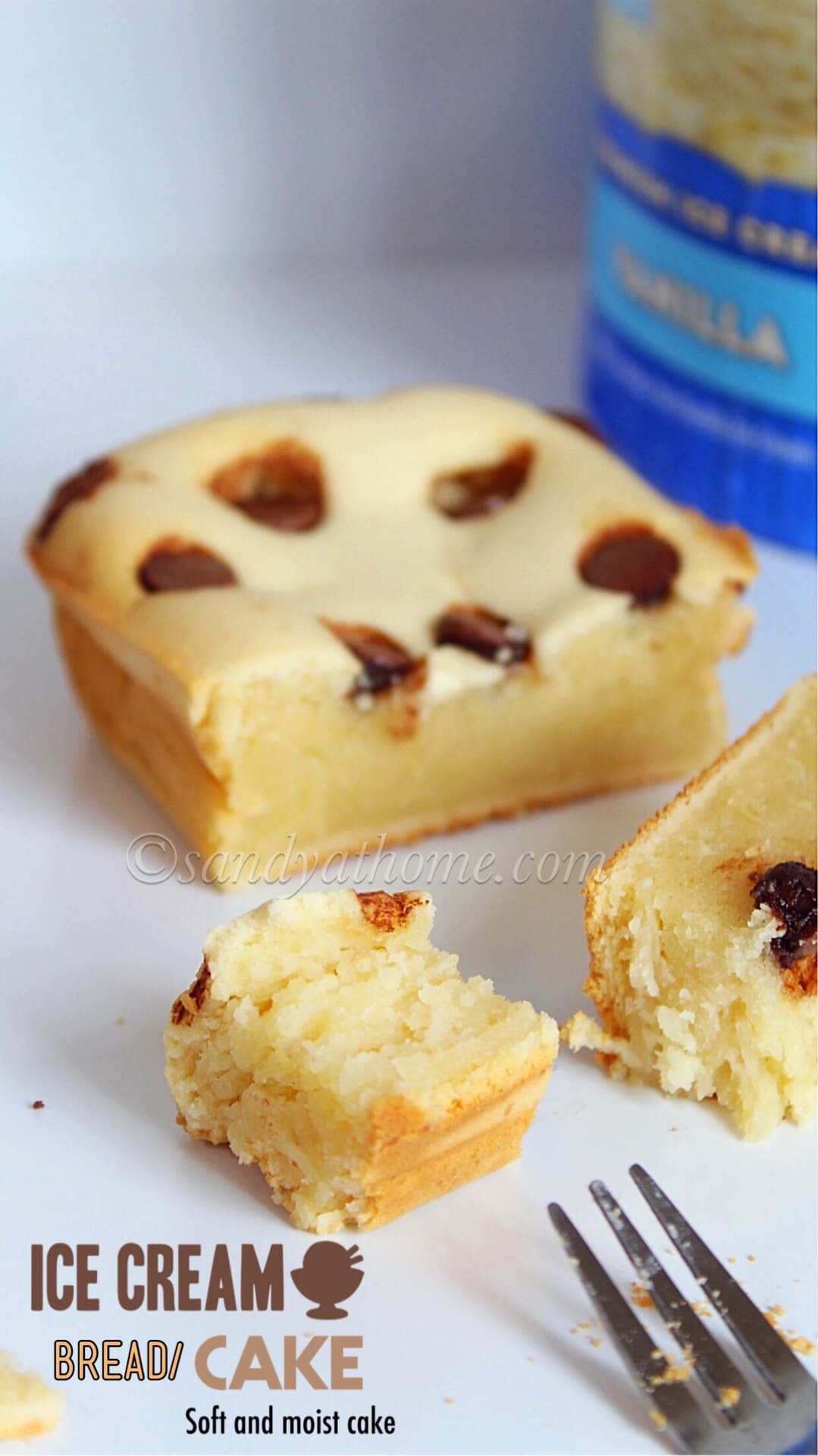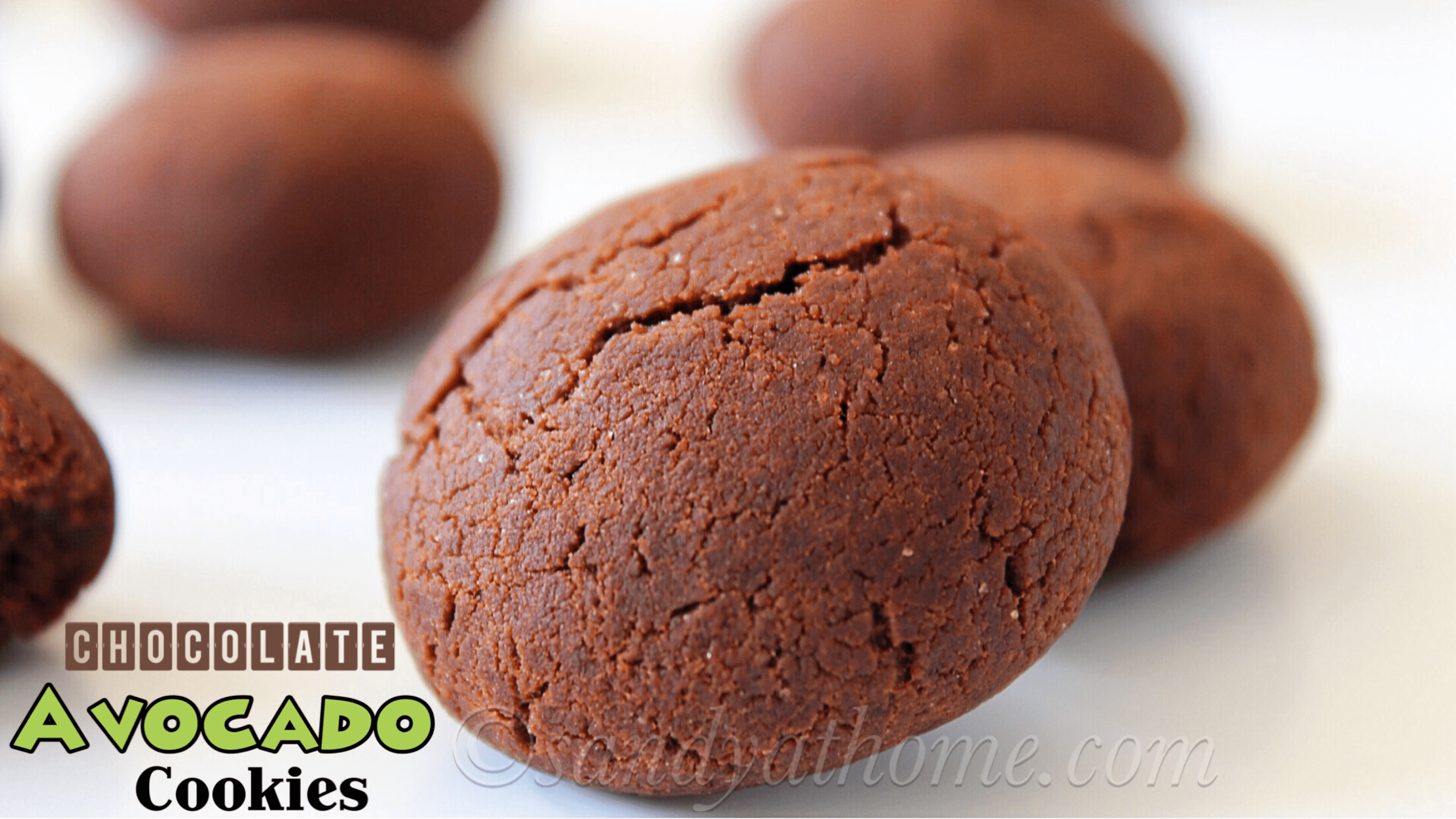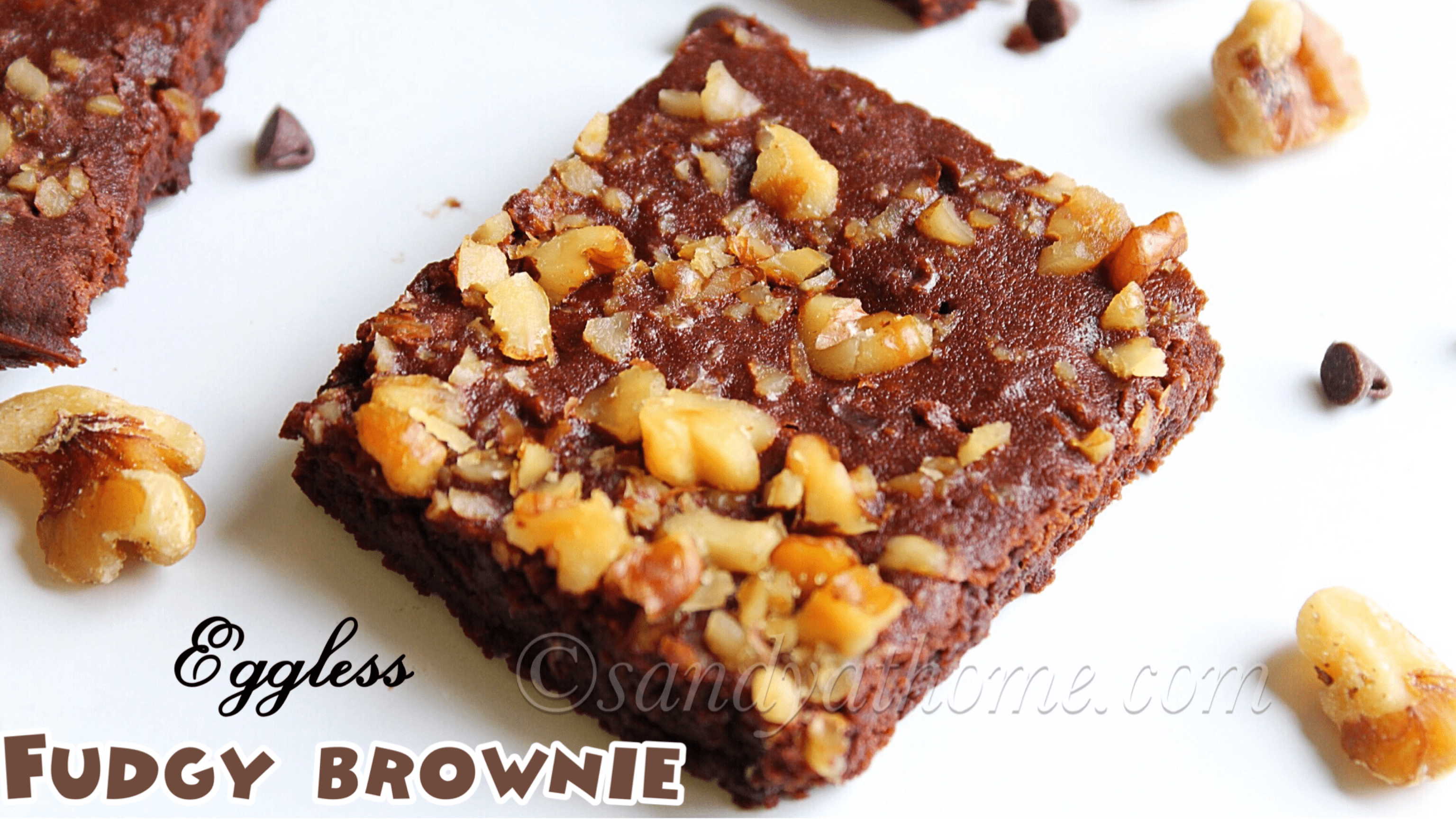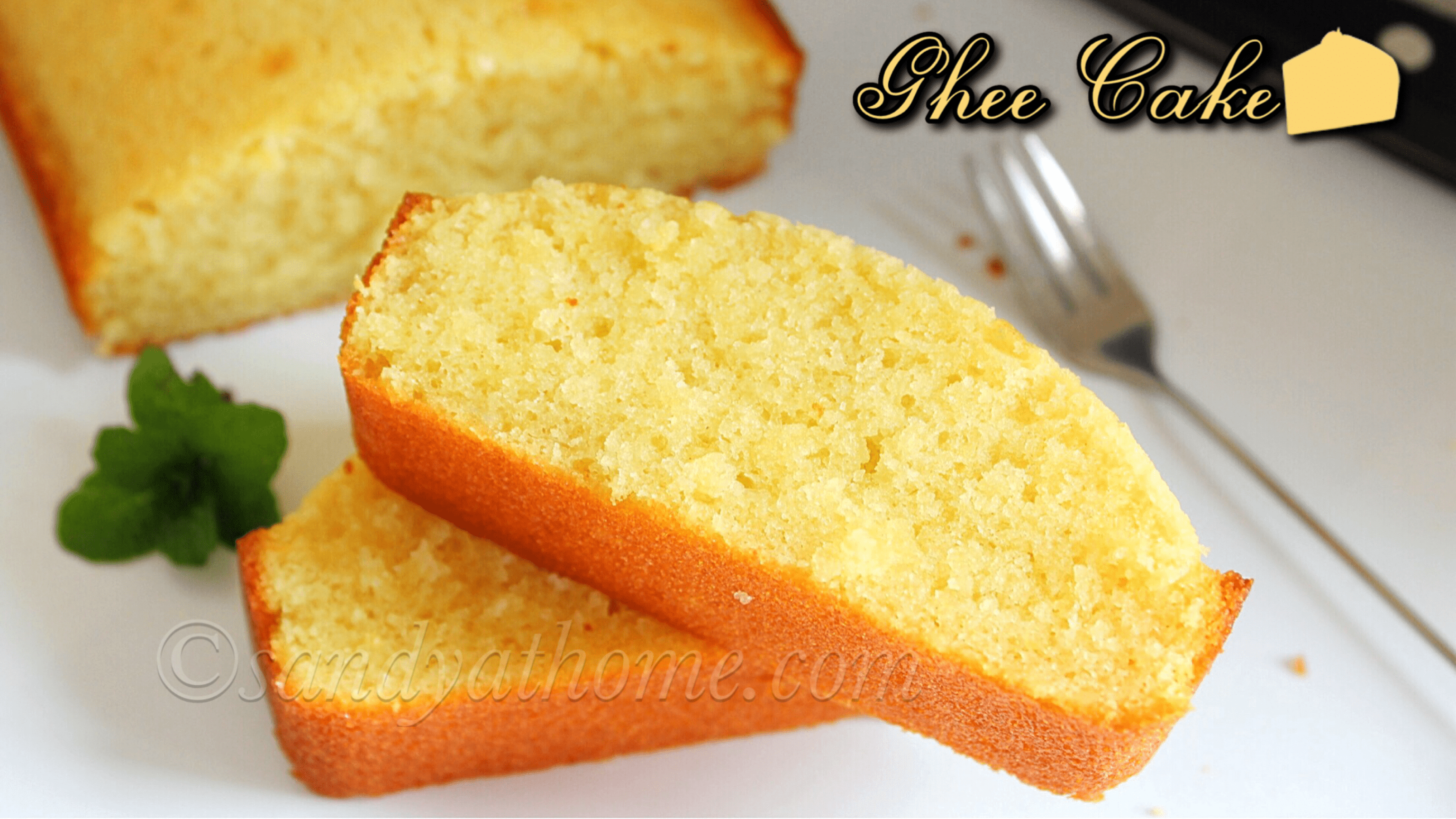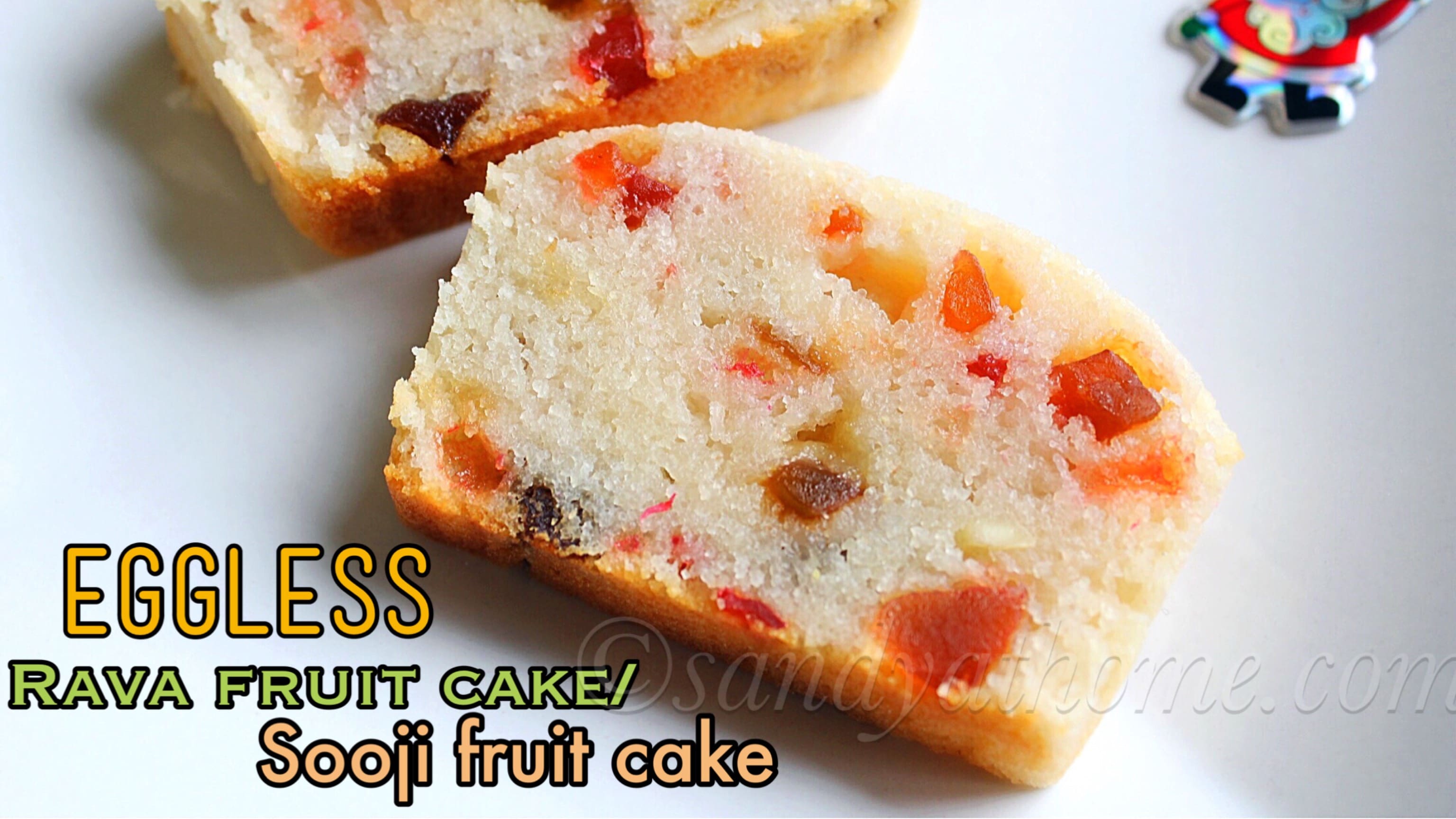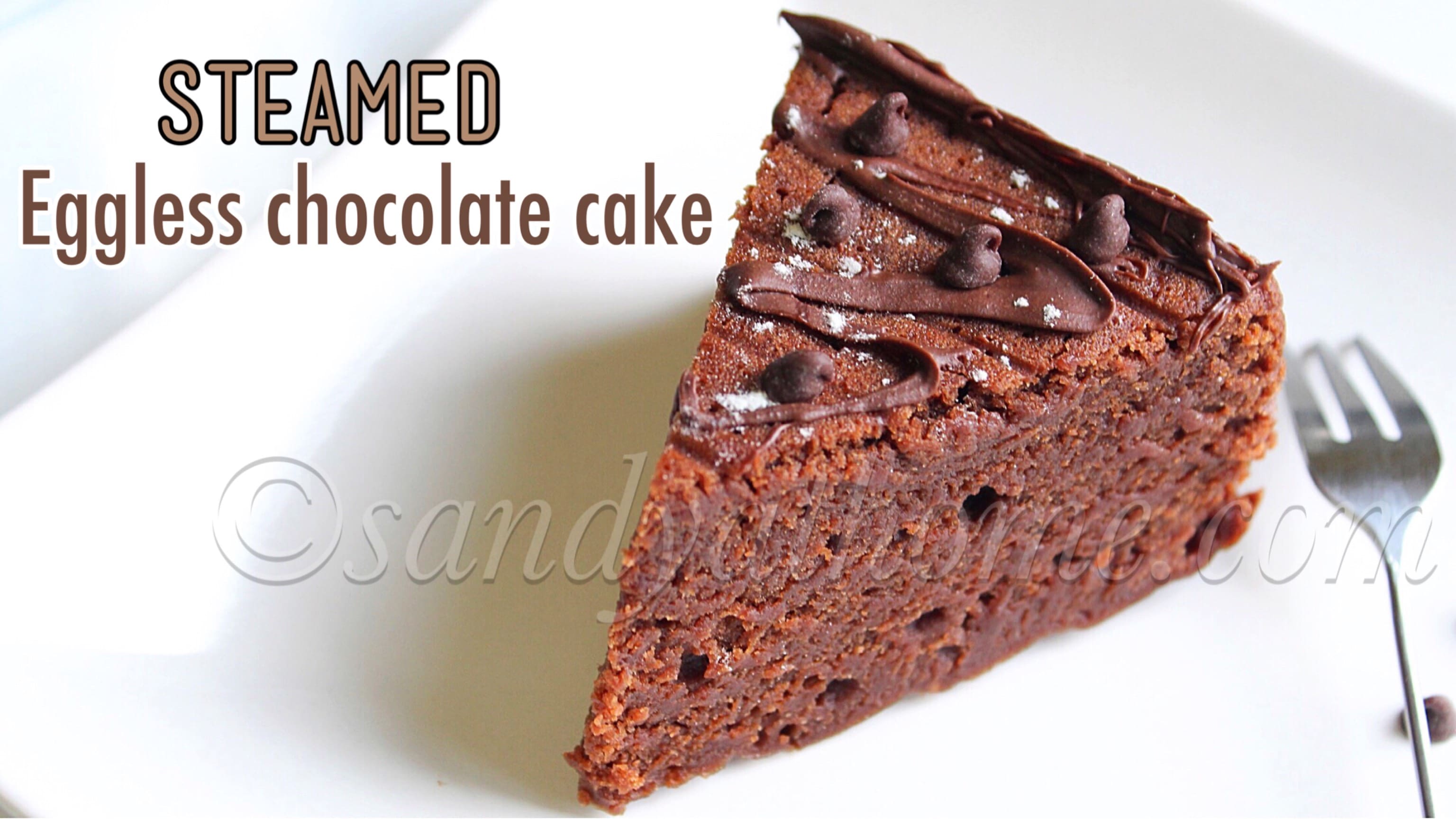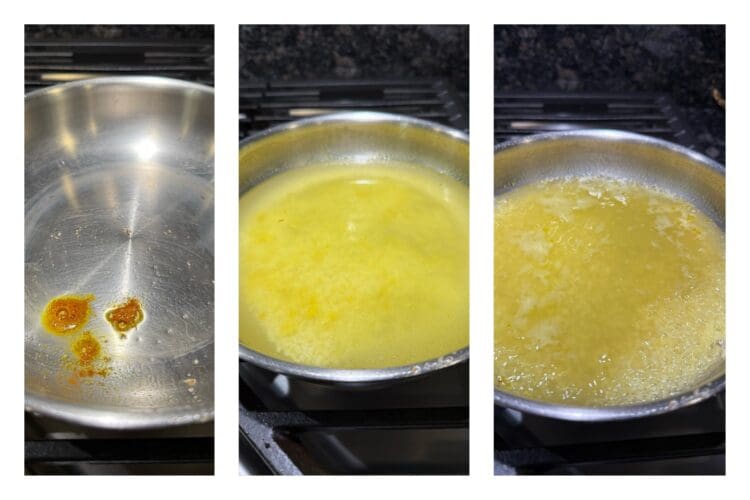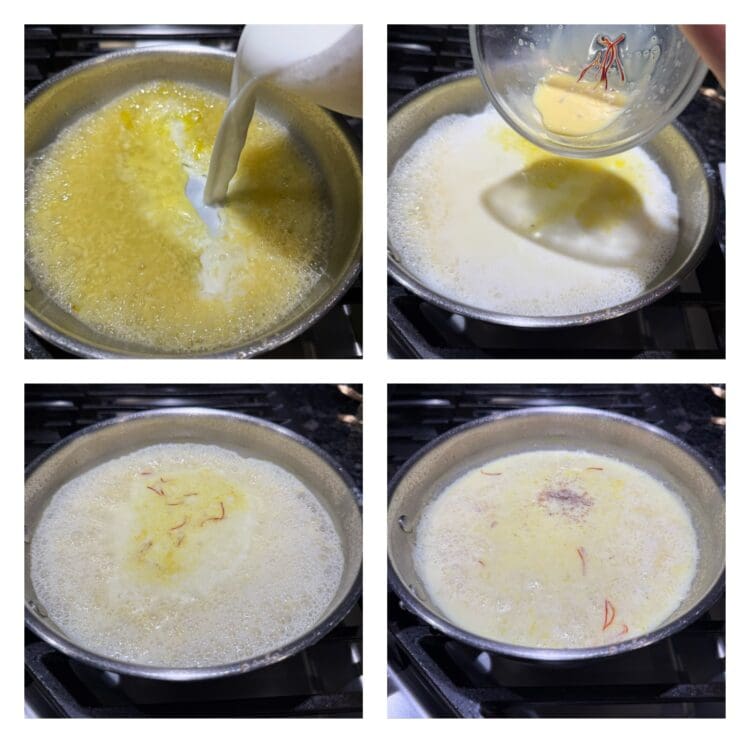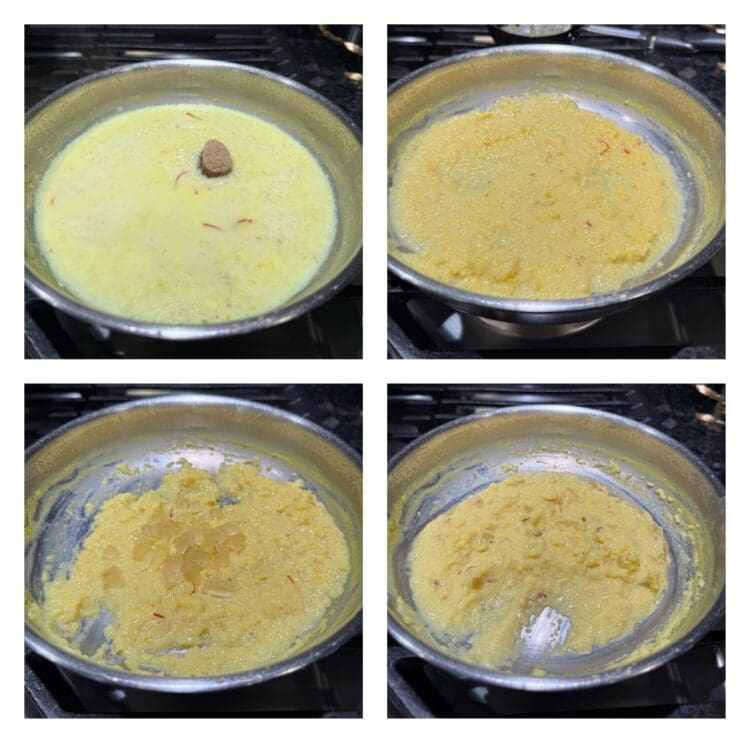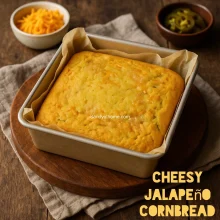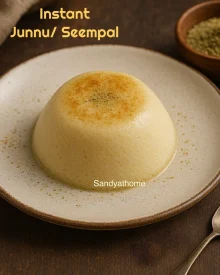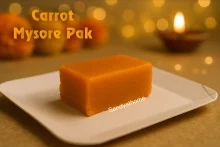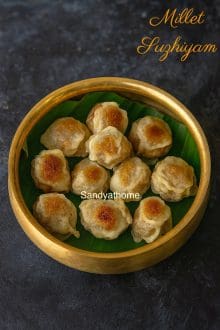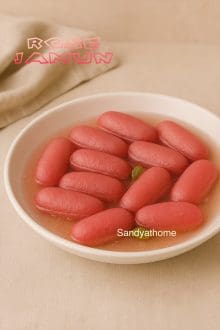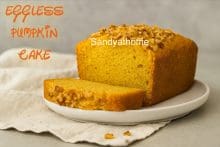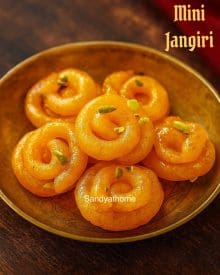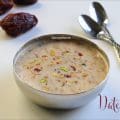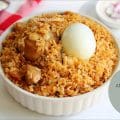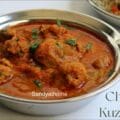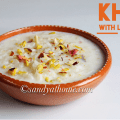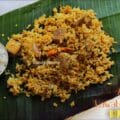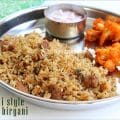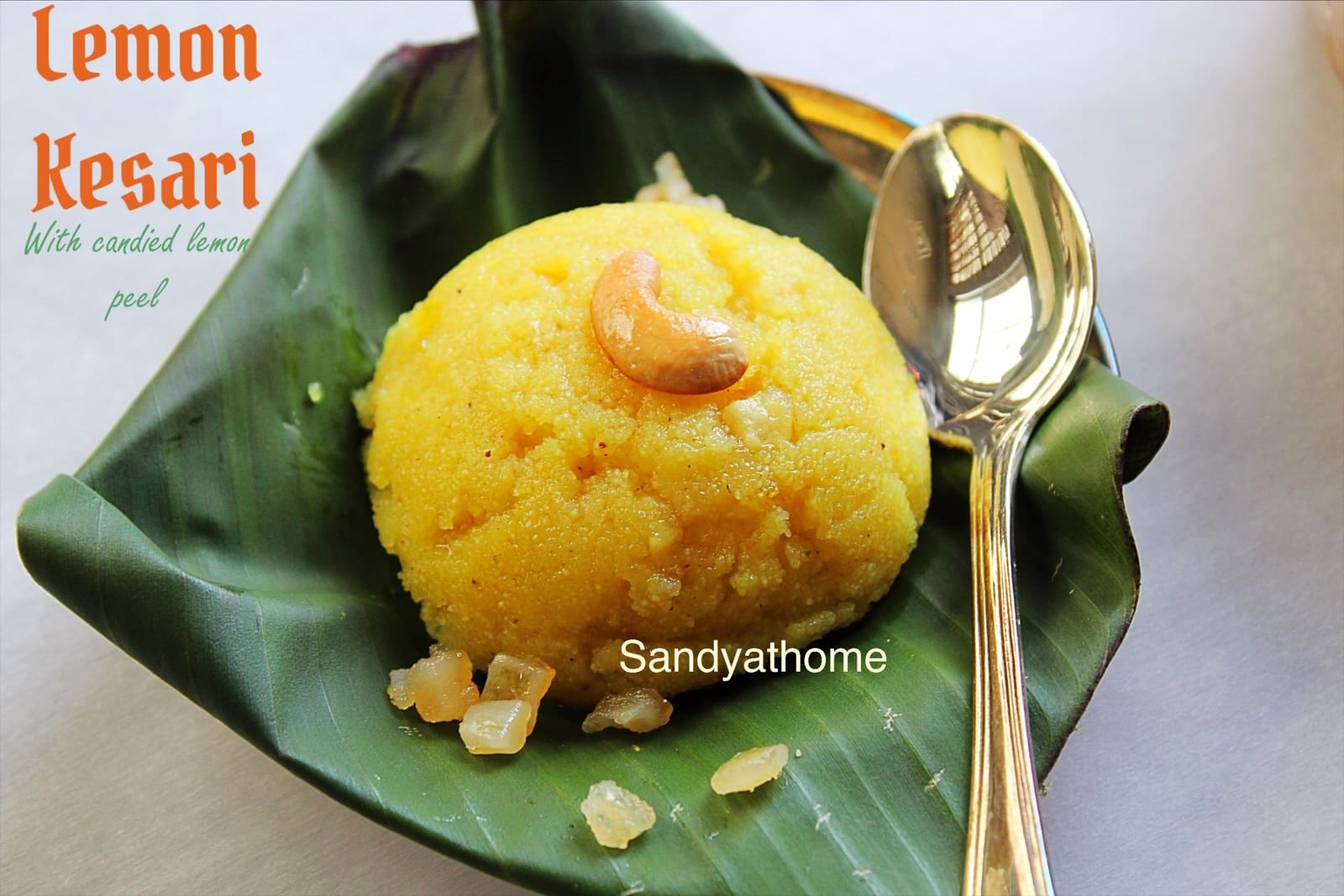2025 Sandyathome. All rights reserved. This original recipe of Murtanjan kheer, Muslim Wedding sweet, story, and content are the exclusive intellectual property of Sandyathome. Any reproduction, adaptation, distribution, or use, in full or in part, is strictly prohibited.
Eid sweet, also known by search terms like Ramadan dessert, Muslim wedding kheer, and pineapple milk rice, takes many forms across regions. But among Tamil Muslims — especially in towns like Ambur, Tirupattur, and Vaniyambadi — it often appears as a comforting, golden-hued bowl of Murtanjan Kheer.
This revival-style recipe — with seeraga samba rice, milk, ghee, cardamom, and candied pineapple — was first documented and published online by Sandhya Riyaz, creator of Sandyathome.com. If you see this dish online elsewhere, you now know where it began.
Personal Note
This dish is close to my heart. My husband loves it — and in every wedding or festive meal we’ve attended in Tirupattur, this gentle, mildly sweet rice kheer appears without fail after biryani. I learned to make it from the family cooks back home, and every time I prepare it, it feels like bringing a piece of that tradition into our everyday kitchen.
Bite of Murtanjan History
Known as Muthanjan or Murtanjan Kheer, this dish shares its roots with the Mughal zarda but carries its own Tamil-Muslim identity. It’s made with seeraga samba, simmered in milk and ghee, perfumed with cardamom, and topped with roasted cashews, almonds, and candied pineapple. Not too sweet, not too soupy — just soft, warm, and deeply nostalgic.
This dish, though rarely written about, lives in memories — passed down from kitchen to kitchen in handwritten recipes, wedding caterer notes, and the whispers of “you must taste the murtanjan before you leave.”
It’s not a common Google search — yet. But it’s a recipe worth remembering.
Jump to RecipeKheer Ingredients & Their Roles
| Ingredient | Role in Recipe |
|---|---|
| Seeraga samba rice | Base grain that becomes soft yet textured — uniquely Tamil in character |
| Full-fat milk | Creamy cooking liquid that enriches the rice without overpowering it |
| Water | Used to soften rice before milk is added |
| Ghee | Adds rich aroma and depth, used for both rice and roasting garnish |
| Sugar | Mild, balanced sweetness — this is not a dessert payasam |
| Cardamom powder | Traditional spice for warmth and fragrance |
| Saffron strands | Adds golden hue and gentle royal flavor |
| Candied pineapple | Revival twist — chewy bits that surprise and delight |
| Cashews (broken) | Roasted in ghee for crunch and richness |
| Almonds (sliced) | Light textural contrast and nutty aroma |
| Rose or kewra water | Floral lift, especially for wedding-style servings |
| Salt (a tiny pinch) | Balances sweetness and deepens flavors |
For fresh candied fruits year-round, including the lemon peel used in this recipe, please visit paradisefruitco.com – a trusted source for baking essentials and fruit sweets.
You May Also Like these Recipes:
Directions to make murtanjan eid sweet with step by step images
- Soak and Crush the Rice
Wash and soak the seeraga samba rice for 20 minutes.
Drain and crush it lightly in a mixie or stone — just one pulse to break it. Do not grind it fine.
- Roast Garnishes
In a small pan, heat ghee.
Fry broken cashews and sliced almonds until golden.
Toss in candied pineapple and sauté for a few seconds. Keep it aside.
- Cook the Rice
In a heavy-bottomed pan, add a teaspoon of ghee, add turmeric powder. Cook for 5 seconds. (This step is optional, you could skip it and add yellow food color instead) Now bring ½ cup water to a boil.
Add the crushed rice and a pinch of salt.
Cook on low flame till the water is mostly absorbed and rice is soft.
- Simmer in Milk
Pour 1½ cups milk into the pan.
Stir gently and let it simmer on low.
Add sugar, cardamom powder, and saffron milk.
Cook until slightly thickened — about 6 to 8 minutes.
- Combine and Finish
Add the ghee-fried nuts and pineapple to the kheer.
Add rose or kewra water if using. Mix gently.
Simmer 2 more minutes, then switch off the flame.
Let it sit for 5 minutes — it thickens as it cools.
- Serve
Serve warm on a banana leaf for a traditional wedding feel after feast.
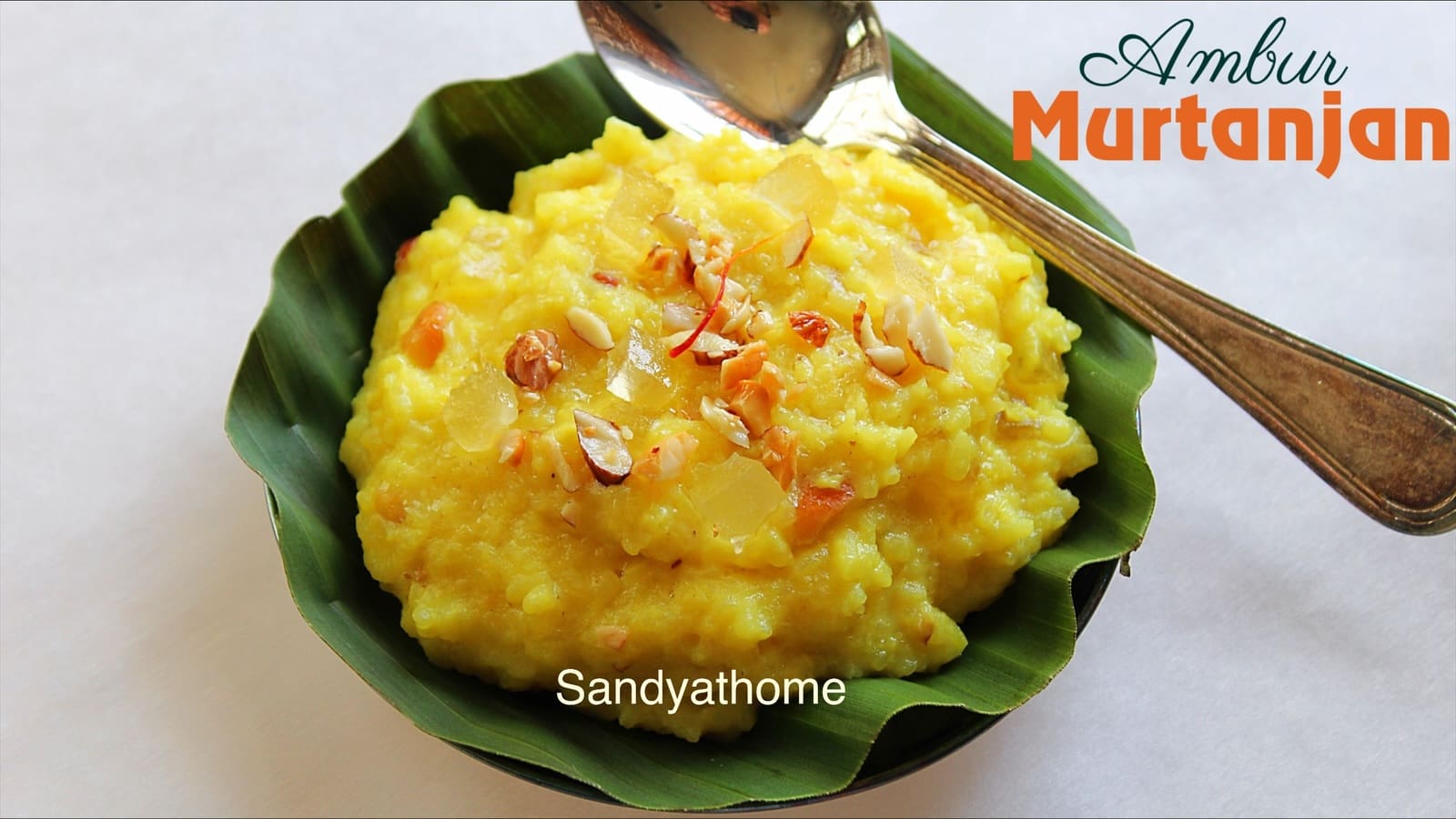
Pro tips for Eid sweet
- Always crush the rice slightly after soaking – this gives the perfect semi-kheer, semi-pulao texture.
- Fry nuts and pineapple in ghee only, not oil – ghee lends depth and aroma.
- If storing, warm gently with a splash of milk before serving.
- Avoid over-sweetening – it’s not meant to taste like dessert payasam.
Serving Suggestion for Muslim Wedding sweet
- Serve on a banana leaf after biryani, wedding style.
Faq for Murtanjan Ambur sweet
No — Murtanjan Kheer is a South Indian Tamil Muslim version made with seeraga samba and no vermicelli. Zarda uses basmati, and sheer khurma is a vermicelli-based Eid dessert.
Yes, refrigerate after cooling. Reheat with a splash of milk. Add nuts just before serving.
Yes. In Ambur and Tirupattur weddings, this is the post-biryani kheer – mild, fragrant, and soulful.

Sweets & Desserts recipes
Applesauce Brownies, How to make Eggless Applesauce Brownies
Soft, fudgy, and naturally sweet, these egg-free applesauce brownies are a guilt-free treat made with simple pantry ingredients — perfect for quick baking days and using up apples at home.
Sweet & Savory Jalapeño Cheddar Cornbread, How to make Cornbread
A soft, sweet–savory cornbread baked with cheddar cheese, pickled jalapeños, and garlic powder — the perfect quick side for Thanksgiving or any cozy meal.
Apple Cobbler, How to make Thanksgiving Apple Cobbler
A cozy, small-batch Thanksgiving apple cobbler made with just two apples, warm spices, and a golden biscuit topping. Perfect when you want a quick fall dessert without making a full tray.
Pumpkin Butter Mascarpone Danish, How to make Pumpkin Butter Danish
Flaky puff pastry filled with a creamy blend of pumpkin and mascarpone, baked until golden and irresistible — the perfect cozy fall treat for National Pumpkin Day!
Instant Junnu Recipe, How to make Instant Kharvas
A quick and nostalgic Indian milk pudding made using instant Junnu powder, raw milk, and cardamom — no colostrum needed! This gently steamed dessert sets into a soft, wobbly texture and tastes just like home, without the overpowering aroma of traditional kharvas.
Carrot Mysore Pak, How to make Ghee Carrot Mysore Pak
Soft, melt-in-the-mouth Carrot Mysore Pak made with fresh carrot puree, roasted besan, sugar, and ghee. A festive twist to the traditional Mysore Pak that’s rich, aromatic, and naturally hued — perfect for Deepavali celebrations.
Millet Suzhiyam, How to make Millet Suyyam
Celebrate Diwali the wholesome way with this Thinai (Foxtail Millet) Suzhiyam / Suyyam — a golden, crisp festive sweet filled with soft jaggery-chana dal goodness. This healthy twist keeps all the traditional flavor while swapping maida for nutritious millet flour.
Rose Jamun, How to make Paneer Rose Jamun
Paneer Rose Jamun is a delightful twist on the classic rasgulla — made fresh from curdled milk (chenna) and flavored with fragrant rose syrup. Each piece is soft, juicy, and blush-pink in color, soaked in a sweet rose-cardamom syrup that fills your kitchen with a festive aroma. Perfect for Diwali, Holi, or any celebration where you want homemade mithai magic!
Eggless Pumpkin Cake, How to make Pumpkin Cake
Soft, moist, and warmly spiced, this Eggless Pumpkin Cake melts in your mouth with a tender crumb and a cozy hint of cinnamon and nutmeg.
Mini Jangiri, How to make Mini Imarti
Mini Jangiri made with urad dal and a pinch of turmeric for natural color — golden, syrupy, and perfectly festive in every bite.

